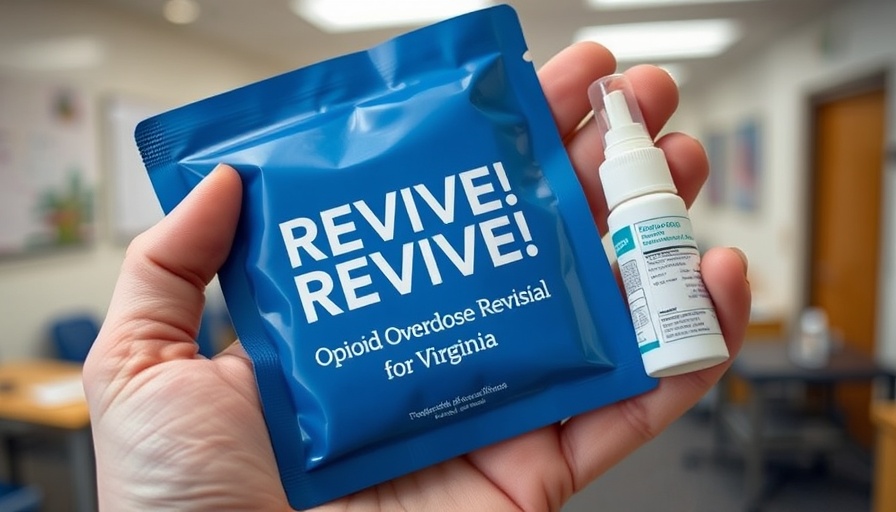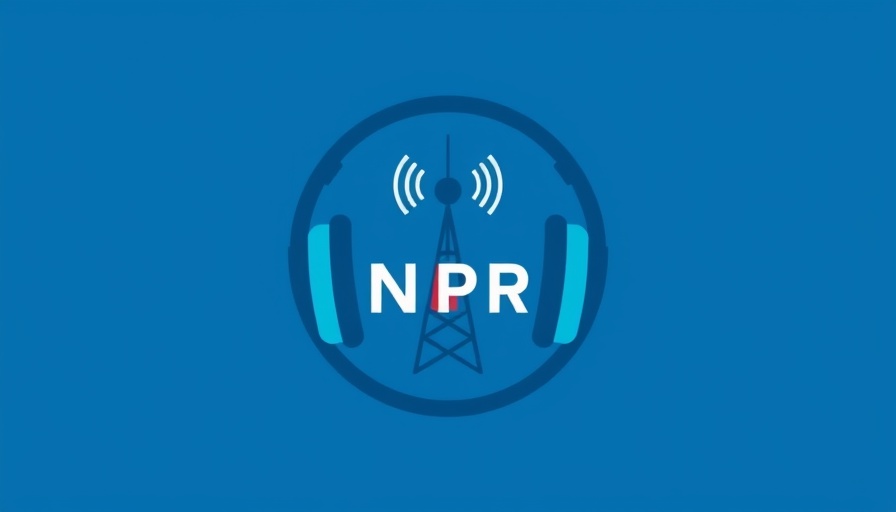
Why Are Fentanyl Deaths Declining? A Surprising Turnaround
In an unexpected pivot, fentanyl-related deaths have plummeted, showcasing a significant 26% decline since the peak in June 2023. This remarkable drop has led to around 30,000 fewer deaths per year in the United States, sparking curiosity—as well as cautious optimism—among addiction experts and public health officials. Various states, including Virginia, have reported over a 40% reduction in drug overdose deaths within just a year, which prompts an exploration into the underlying reasons for this decline.
Naloxone: A Potential Game-Changer
The introduction of naloxone (also known as Narcan) is one of the most pivotal developments in addressing the overdose crisis. This lifesaving nasal spray has become widely accessible, available over the counter and distributed freely in high-risk communities. Experts suggest that the increased availability of naloxone has empowered drug users to save one another, effectively preventing countless fatalities that would have otherwise occurred. This shift in accessibility marks a significant step in harm reduction strategies across the country.
Shifts in Fentanyl Potency and Composition
Another theory posits that the composition of street fentanyl itself has changed. Reports from drug testing organizations suggest that the purity of fentanyl sold on the street may have decreased, potentially lowering its lethality. This shift could be attributed to pressures faced by drug cartels, potentially stemming from increased law enforcement efforts in key regions like China and Mexico. Understanding these changes is critical, as they directly influence the overall danger levels associated with fentanyl use.
Emerging Street Drug Trends
Additionally, the evolution of the drug landscape itself plays a significant role in influencing overdose statistics. As street drugs become increasingly complex, a situation has arisen where the amount of fentanyl is diminishing while the use of animal tranquilizers, such as medetomidine and xylazine, is rising. These substances, while not as instantly lethal as pure fentanyl, introduce new risks and complications that may ultimately affect the overdose landscape.
Policy Changes and Public Awareness
The commitment of the Biden administration to tackle the opioid epidemic, through funding and awareness campaigns focused on drug education and prevention, also cannot be overlooked as a contributing factor. By fostering a better understanding of addiction's challenges and the realities surrounding drug use, policymakers aim to create a more informed public capable of making safer choices.
Disparate Effects Across Regions
It's noteworthy that these positive trends are not uniform across the United States. Various regions have seen different degrees of success in combating drug-related deaths. This inconsistency could reflect a variety of local factors, including the quality of public health interventions, community support systems for addiction treatment, and the prevalence of drug availability. Further investigation is needed to uncover what works best and how these successful models can be replicated.
Looking Forward: Future Predictions in Drug Overdose Trends
As we look to the future, it’s essential to remain cautious. Experts agree that while current trends are positive, they must be sustained to ensure long-lasting benefits. The ongoing evolution of drug markets means that interventions need to be adaptive, focusing not merely on immediate solutions but on holistic strategies that account for shifting social contexts and drug user needs.
Take Action Now: Understanding the Importance of Awareness
In light of these findings, it's crucial for individuals, especially those in professional circles such as tech and marketing, to engage with and promote drug awareness initiatives. Understanding the complexities surrounding drug use can help foster empathy and support for those affected. Whether through community engagement or policy advocacy, professionals in influential positions have the power to contribute to meaningful change.
 Add Row
Add Row  Add
Add 




 Add Row
Add Row  Add
Add 

Write A Comment